PlayStation Consoles: Complete Release Date History
PlayStation has cemented its place as a legendary brand in the gaming world. From the iconic PlayStation 1 with its groundbreaking titles like Final Fantasy VII to the latest PlayStation 5, featuring blockbuster hits like God of War: Ragnarok, Sony continues to be a cornerstone of the gaming industry. Over the past three decades, Sony has released a range of consoles, including revisions, portable devices, and new generations. With the PS5 Pro now available for pre-order, we've put together a comprehensive list of every PlayStation console ever released.
As Sony celebrates 30 years since the launch of its first console, let's take a nostalgic journey through the history of PlayStation!
AnswerSee ResultsLooking to save on a new PlayStation 5 or new titles for your system? Be sure to check out the best PlayStation deals available today.How Many PlayStation Consoles Have There Been?
In total, fourteen PlayStation consoles have been released since the first PlayStation debuted in 1995 in North America. This number includes Slim revision models and the two portable consoles that Sony has released under the PlayStation brand.
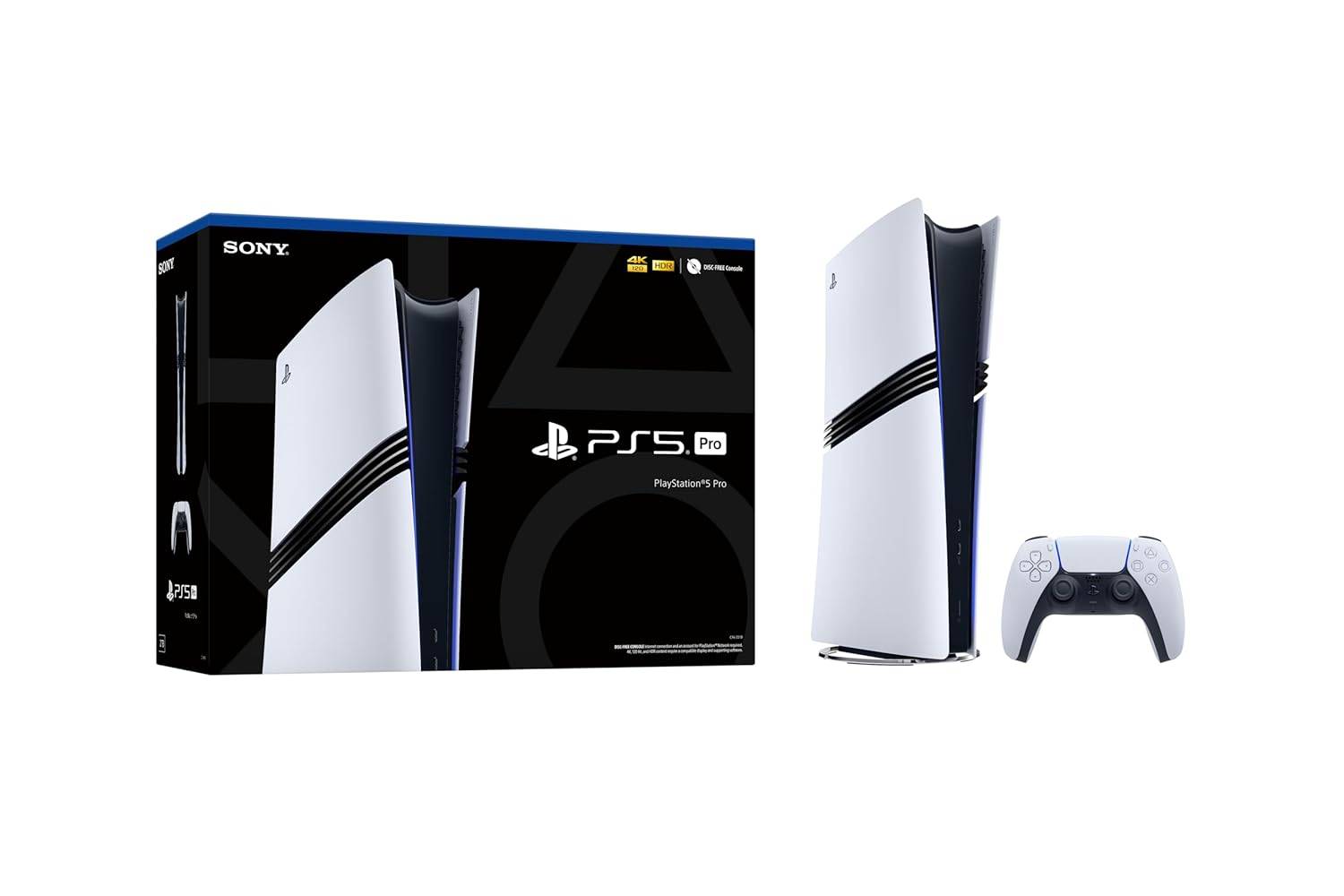 Latest Model### PlayStation 5 Pro
Latest Model### PlayStation 5 Pro
5See it at AmazonEvery PlayStation Console in Order of Release
PlayStation - September 9, 1995
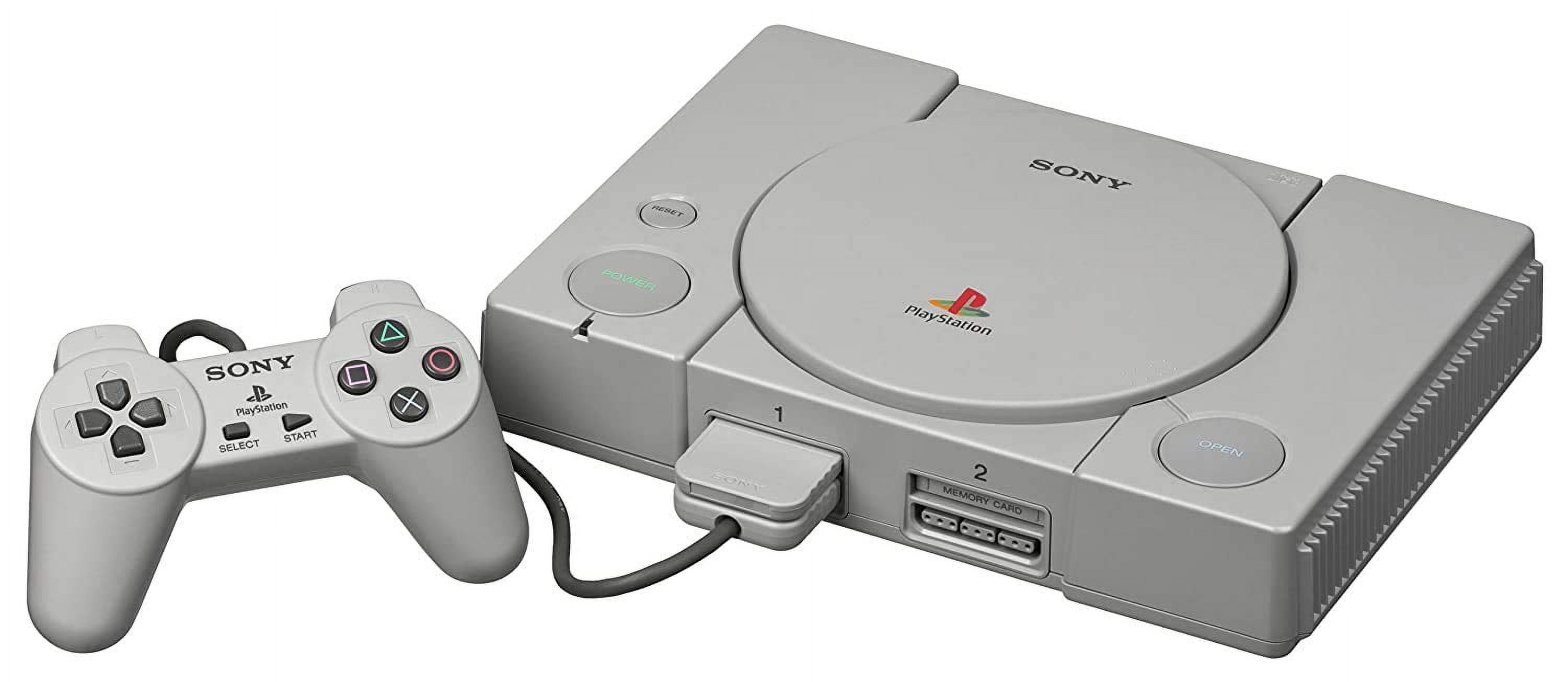 Launched on September 9, 1995, the original Sony PlayStation revolutionized the gaming industry by adopting CD-ROM technology, which allowed for more expansive games than the cartridge-based systems of the time. This shift attracted major developers like Square Enix, leading to legendary titles such as Metal Gear Solid, Final Fantasy VII, Resident Evil 2, Vagrant Story, and the beloved Crash Bandicoot series.
Launched on September 9, 1995, the original Sony PlayStation revolutionized the gaming industry by adopting CD-ROM technology, which allowed for more expansive games than the cartridge-based systems of the time. This shift attracted major developers like Square Enix, leading to legendary titles such as Metal Gear Solid, Final Fantasy VII, Resident Evil 2, Vagrant Story, and the beloved Crash Bandicoot series.
PS One - September 19, 2000
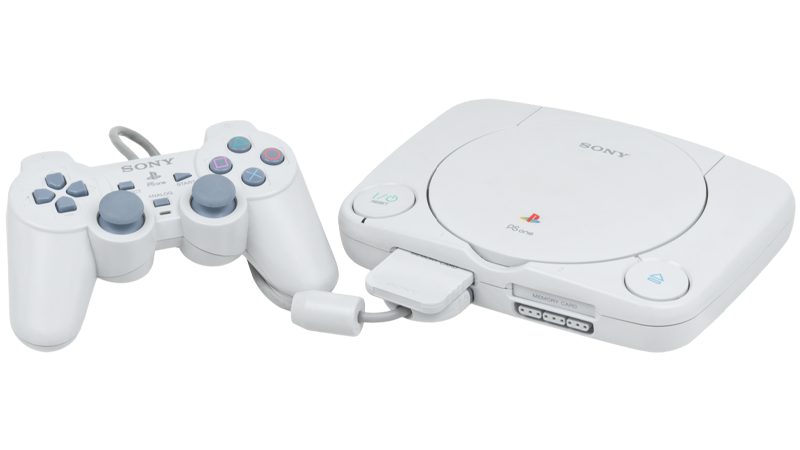 Introduced on September 19, 2000, the PS One was a sleek redesign of the original PlayStation, featuring a smaller footprint and the notable removal of the reset button. In 2002, Sony enhanced its portability with the Combo accessory, an attachable screen made possible by eliminating some ports on the console's back. Remarkably, the PS One outsold the PlayStation 2 in the year 2000.
Introduced on September 19, 2000, the PS One was a sleek redesign of the original PlayStation, featuring a smaller footprint and the notable removal of the reset button. In 2002, Sony enhanced its portability with the Combo accessory, an attachable screen made possible by eliminating some ports on the console's back. Remarkably, the PS One outsold the PlayStation 2 in the year 2000.
PlayStation 2 - October 26, 2000
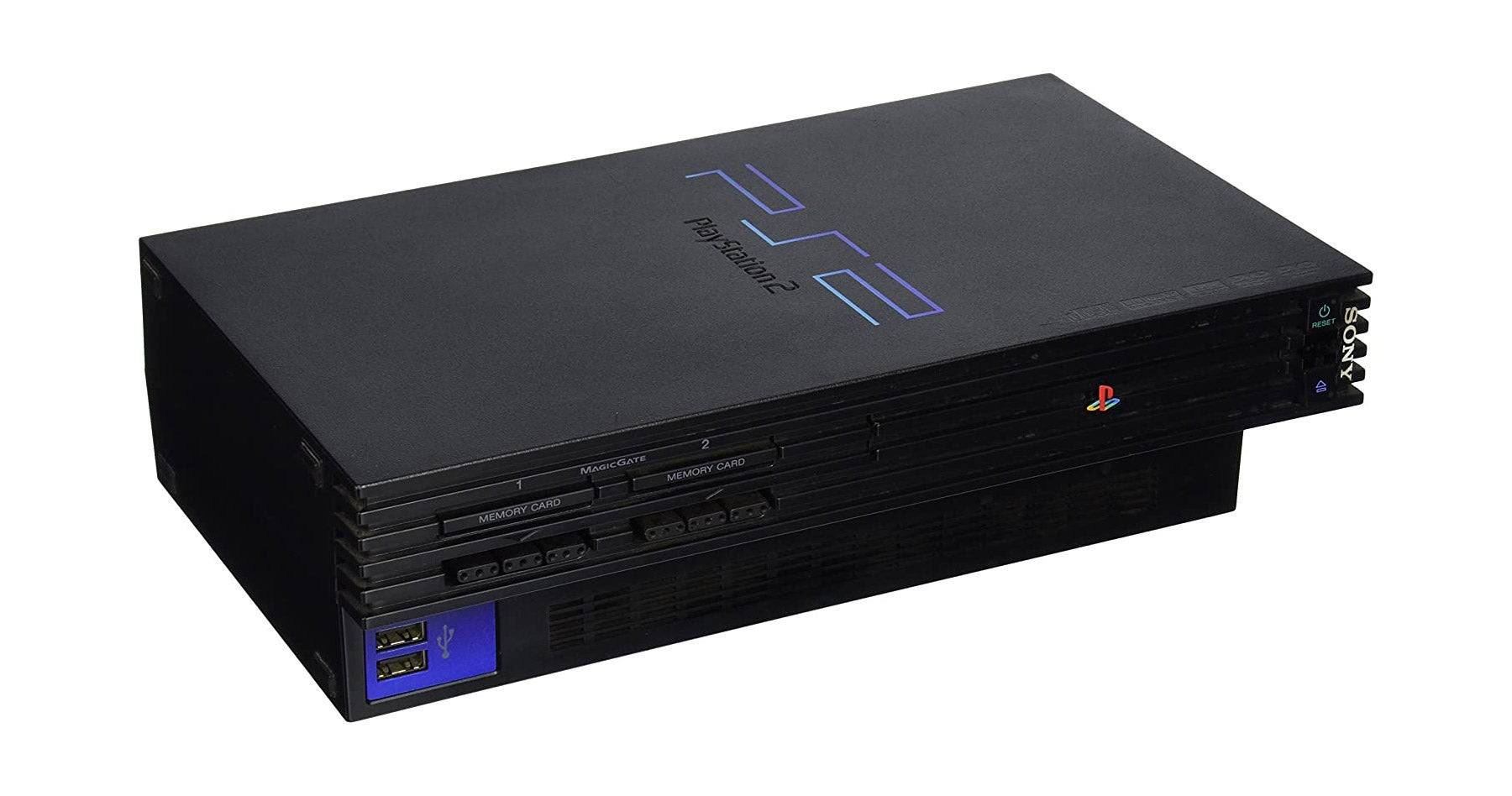 On October 26, 2000, the PlayStation 2 burst onto the scene, significantly enhancing visual quality and gameplay with detailed character models and 3D action games. It remains the best-selling console of all time, though the Nintendo Switch continues to close the gap. Dive into our selection of the best PS2 games to understand why it captured so many hearts.
On October 26, 2000, the PlayStation 2 burst onto the scene, significantly enhancing visual quality and gameplay with detailed character models and 3D action games. It remains the best-selling console of all time, though the Nintendo Switch continues to close the gap. Dive into our selection of the best PS2 games to understand why it captured so many hearts.
PlayStation 2 Slim - November 2004
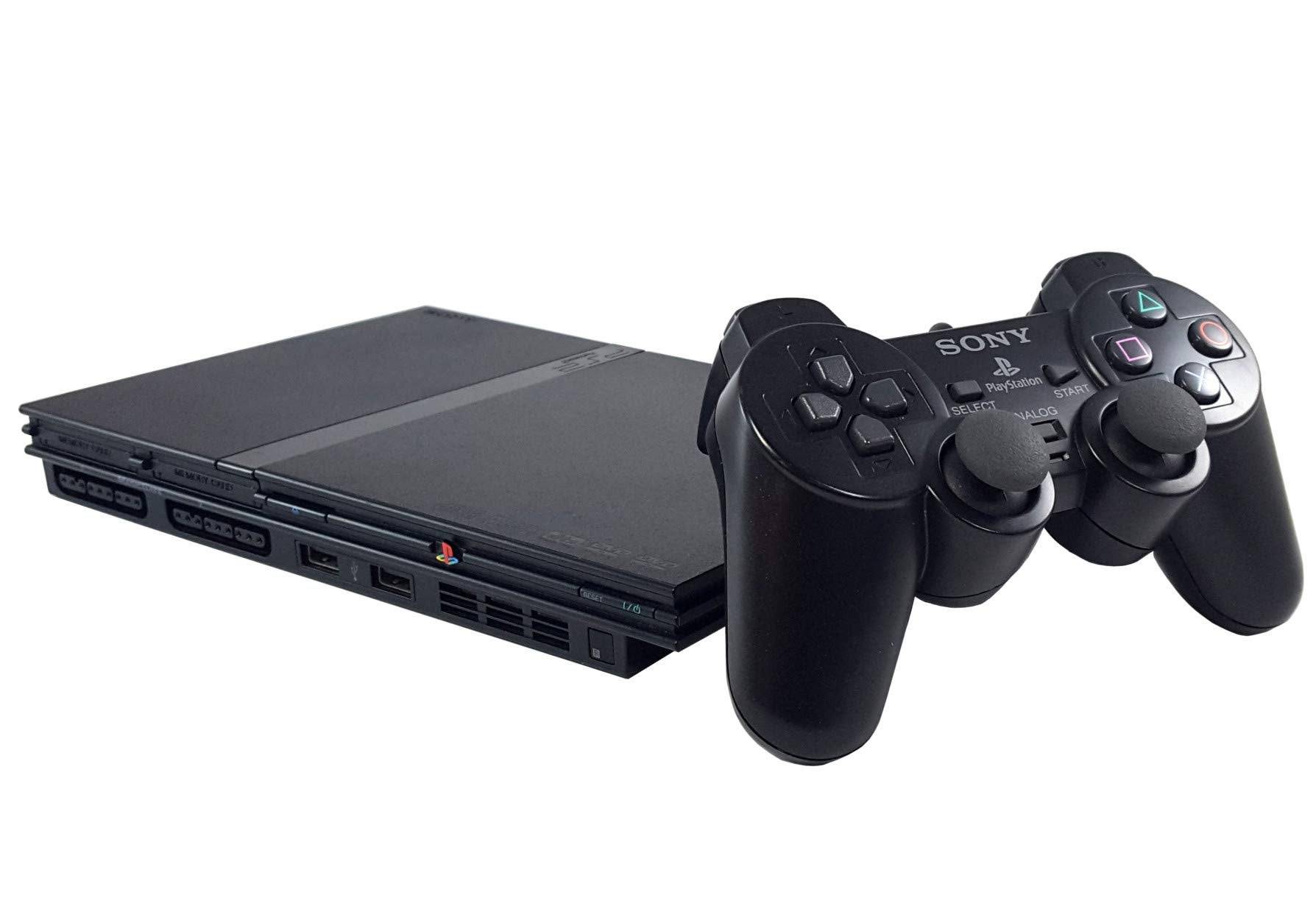 Launched in November 2004, the PlayStation 2 Slim brought significant improvements in performance, efficiency, and design. The top-load disc drive addressed issues with dual-layer discs, while internal redesigns reduced power consumption. The smaller size and efficiency set a precedent for future Slim revisions across subsequent PlayStation generations.
Launched in November 2004, the PlayStation 2 Slim brought significant improvements in performance, efficiency, and design. The top-load disc drive addressed issues with dual-layer discs, while internal redesigns reduced power consumption. The smaller size and efficiency set a precedent for future Slim revisions across subsequent PlayStation generations.
PlayStation Portable - March 24, 2005
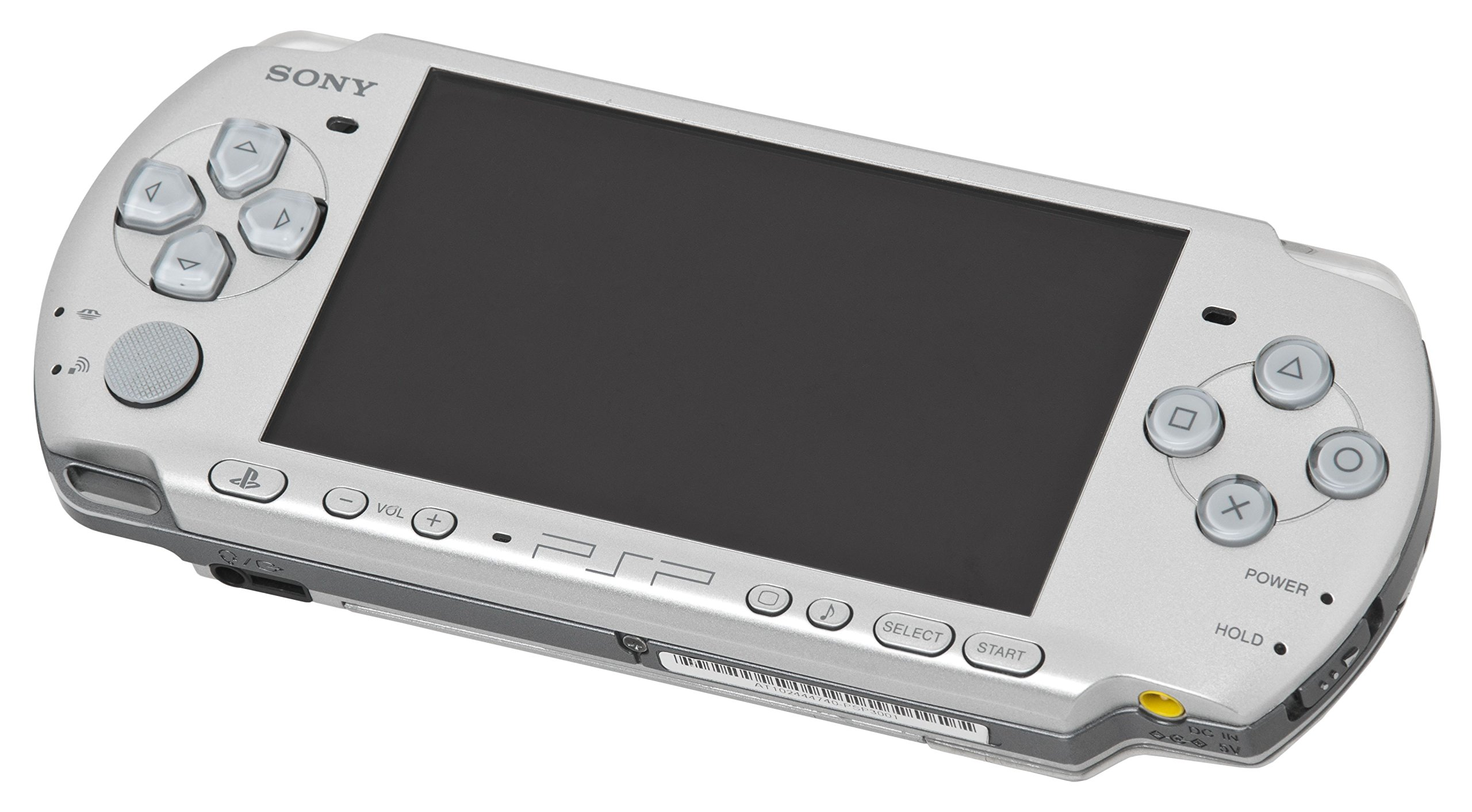 Released on March 24, 2005, the PlayStation Portable (PSP) was Sony's first venture into handheld gaming under the PlayStation brand. The PSP was versatile, supporting games, movies, and music through UMDs. It also offered connectivity with PS2 and PS3, and featured some of the best games in various franchises.
Released on March 24, 2005, the PlayStation Portable (PSP) was Sony's first venture into handheld gaming under the PlayStation brand. The PSP was versatile, supporting games, movies, and music through UMDs. It also offered connectivity with PS2 and PS3, and featured some of the best games in various franchises.
PlayStation 3 - November 17, 2006
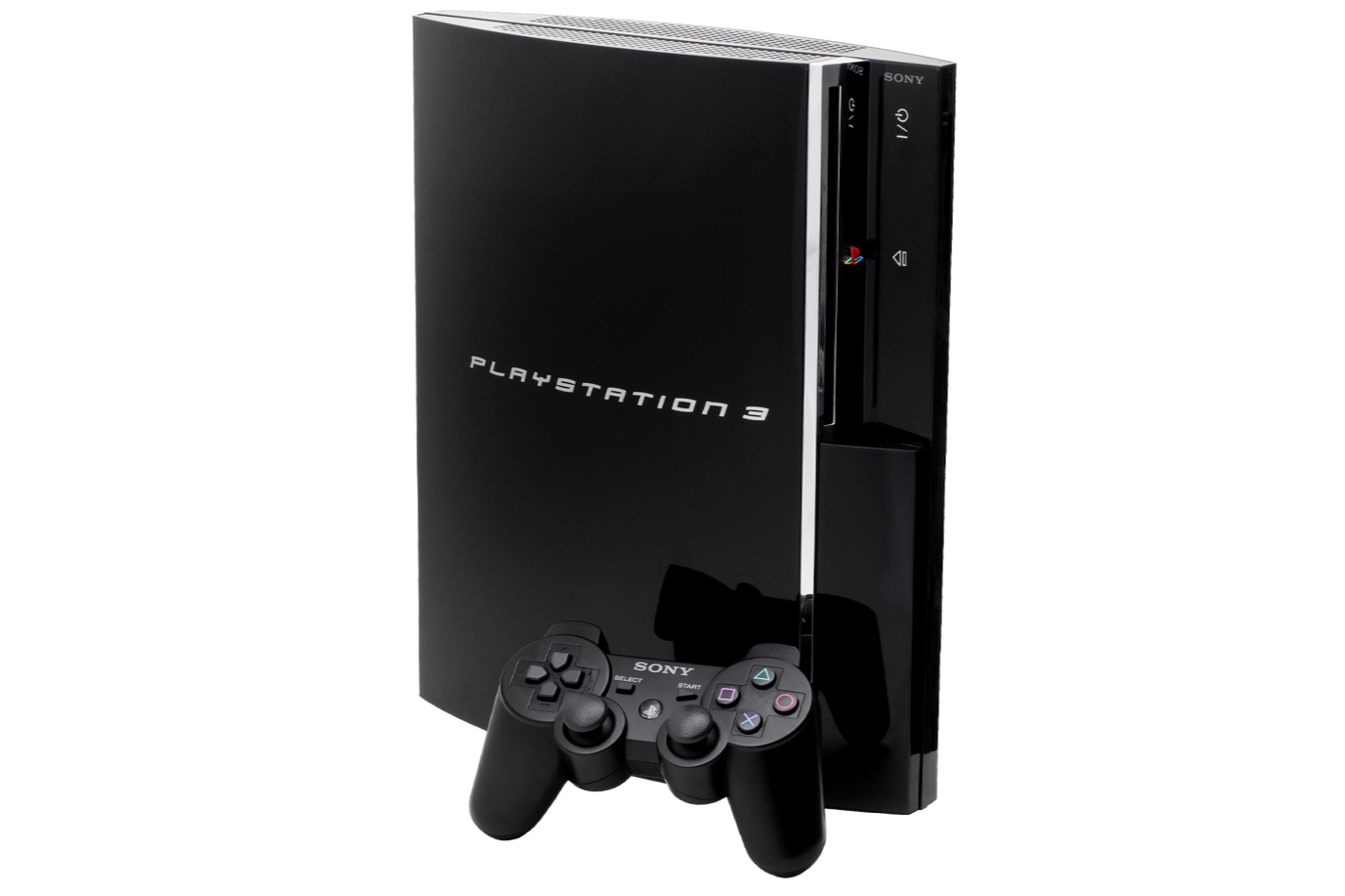 Debuting on November 17, 2006, the PlayStation 3 marked a leap forward with the introduction of PlayStation Network (PSN), enabling online multiplayer, digital downloads, and more. It also supported backward compatibility with PS1 and PS2 games and introduced Blu-ray disc support, enhancing its appeal as a home entertainment system.
Debuting on November 17, 2006, the PlayStation 3 marked a leap forward with the introduction of PlayStation Network (PSN), enabling online multiplayer, digital downloads, and more. It also supported backward compatibility with PS1 and PS2 games and introduced Blu-ray disc support, enhancing its appeal as a home entertainment system.
PlayStation 3 Slim - September 1, 2009
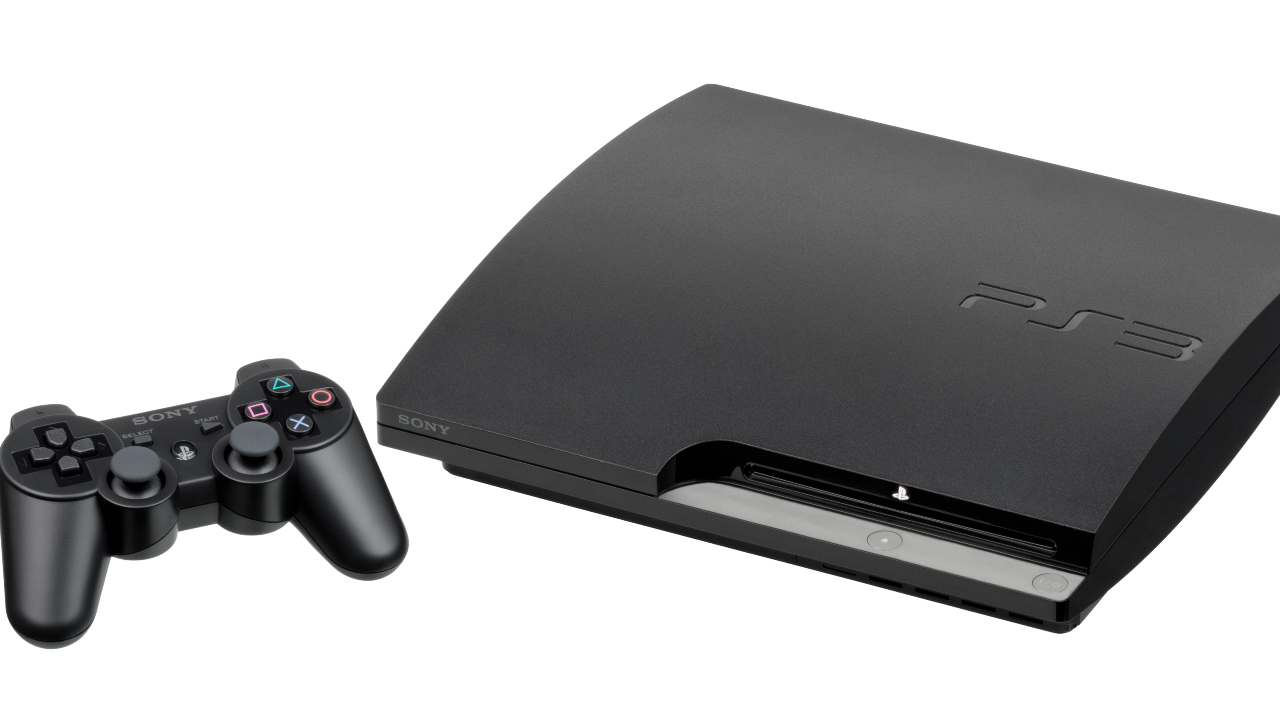 Released on September 1, 2009, the PlayStation 3 Slim was significantly lighter and more energy-efficient than its predecessor, with a completely redesigned cooling system. A notable change was the loss of backward compatibility with PS1 and PS2 games, a feature that has not returned in later models.
Released on September 1, 2009, the PlayStation 3 Slim was significantly lighter and more energy-efficient than its predecessor, with a completely redesigned cooling system. A notable change was the loss of backward compatibility with PS1 and PS2 games, a feature that has not returned in later models.
PlayStation Vita - February 22, 2012
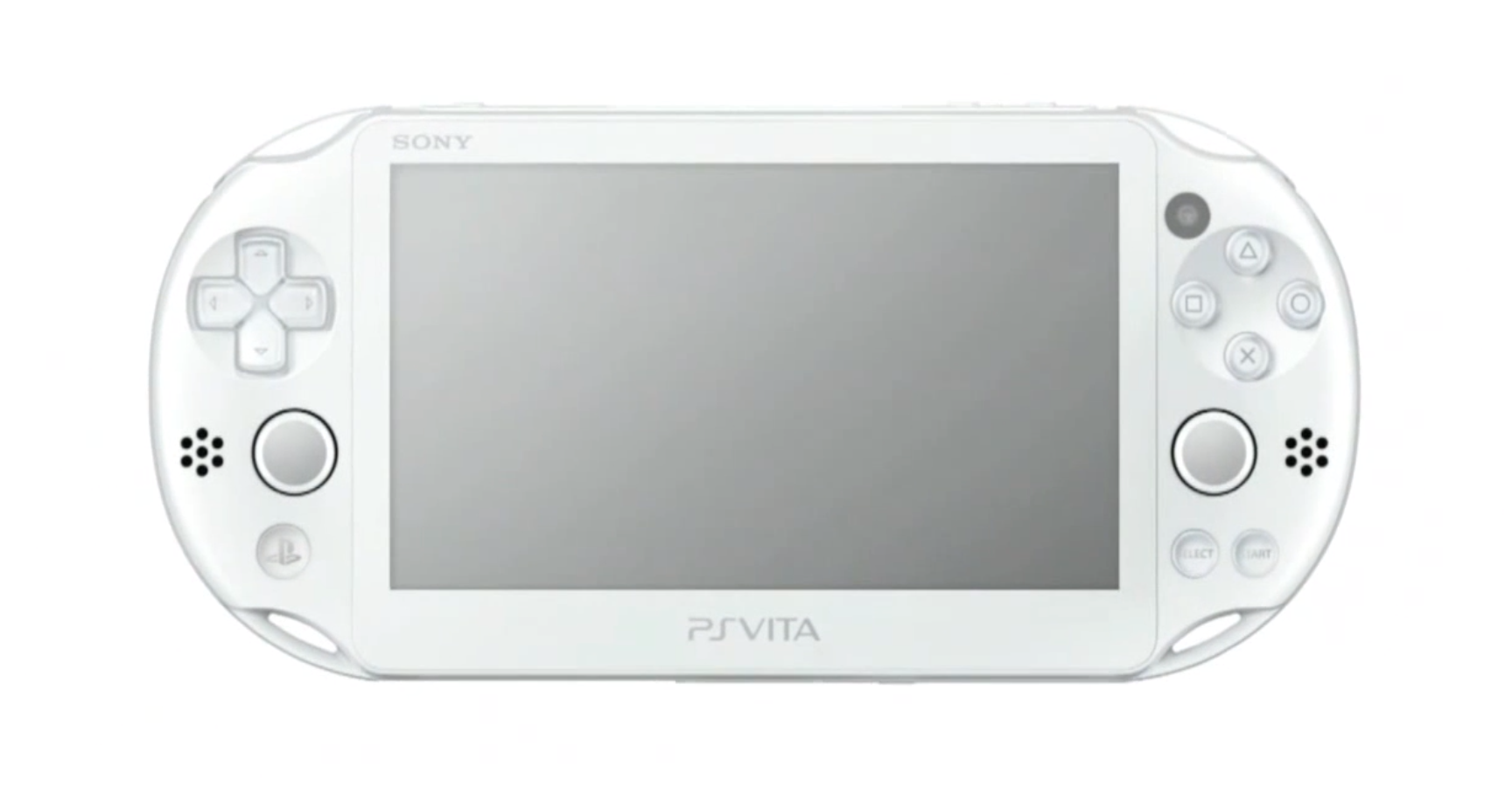 Launched on February 22, 2012, the PlayStation Vita was Sony's return to the portable market, boasting advanced features and the ability to play a wide array of titles across PS3 and Vita. Later, it introduced Remote Play for PS4, allowing streaming of PS4 games to the Vita within the home.
Launched on February 22, 2012, the PlayStation Vita was Sony's return to the portable market, boasting advanced features and the ability to play a wide array of titles across PS3 and Vita. Later, it introduced Remote Play for PS4, allowing streaming of PS4 games to the Vita within the home.
PlayStation 3 Super Slim - September 25, 2012
 Introduced on September 25, 2012, the PlayStation 3 Super Slim was the final revision of the PS3, featuring a top-load Blu-ray drive, enhanced power efficiency, and a more compact design. This model proved to be the most durable due to its design enhancements.
Introduced on September 25, 2012, the PlayStation 3 Super Slim was the final revision of the PS3, featuring a top-load Blu-ray drive, enhanced power efficiency, and a more compact design. This model proved to be the most durable due to its design enhancements.
PlayStation 4 - November 15, 2013
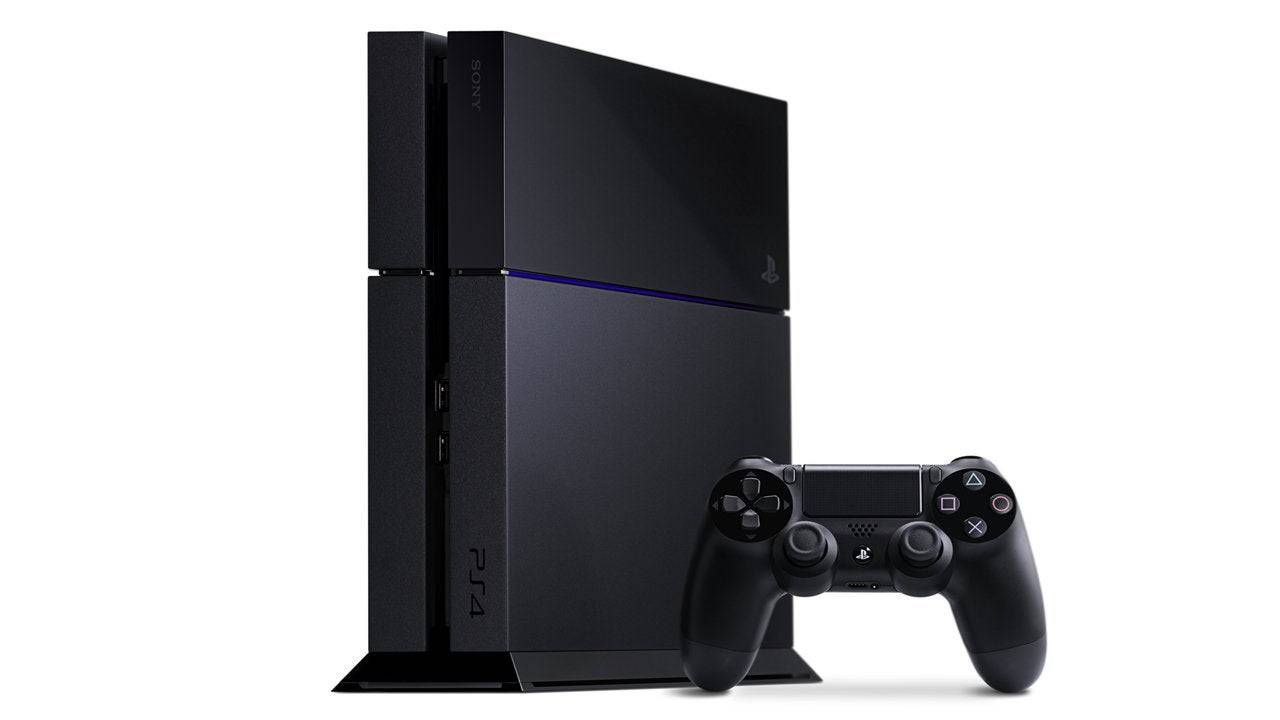 Launched on November 15, 2013, the PlayStation 4 offered a significant performance boost over the PS3, enabling stunning visuals in games like Uncharted 4, God of War, and Ghost of Tsushima. The PS4 also featured a removable HDD and the improved DualShock 4 controller for enhanced comfort and gameplay.
Launched on November 15, 2013, the PlayStation 4 offered a significant performance boost over the PS3, enabling stunning visuals in games like Uncharted 4, God of War, and Ghost of Tsushima. The PS4 also featured a removable HDD and the improved DualShock 4 controller for enhanced comfort and gameplay.
PlayStation 4 Slim - September 15, 2016
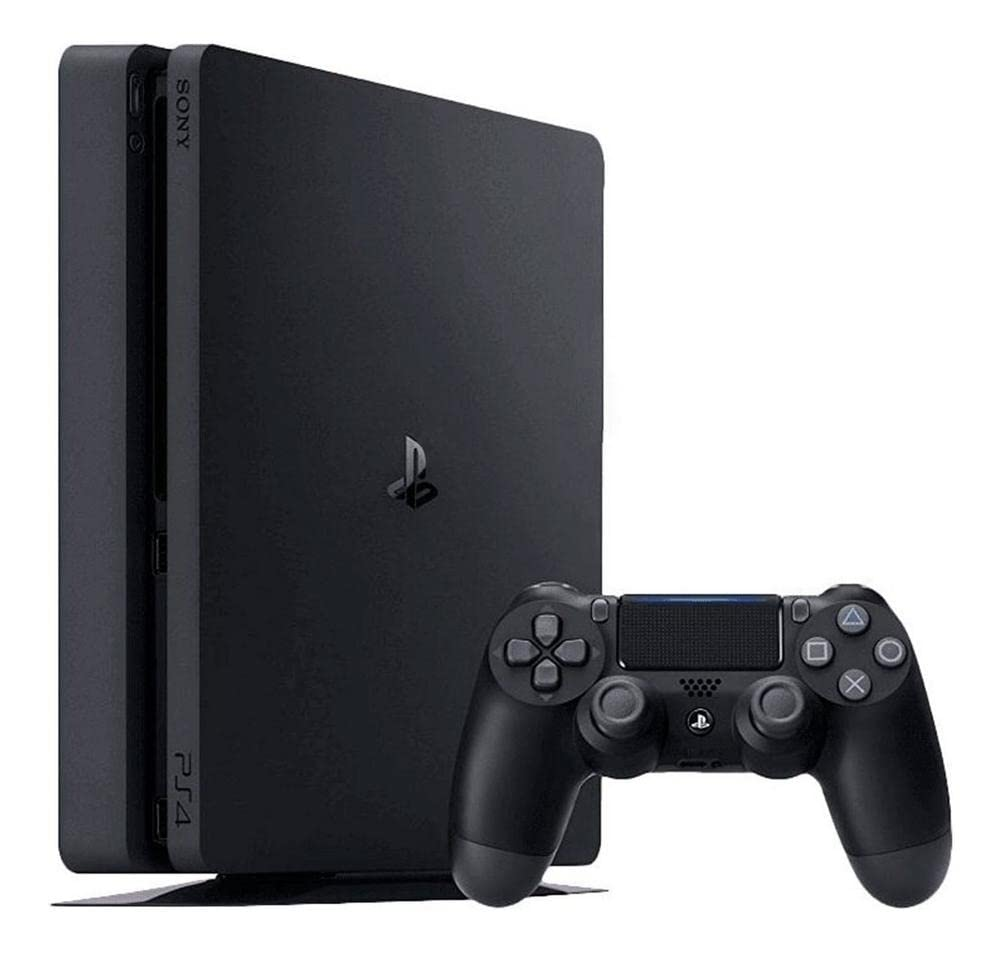 Released on September 15, 2016, the PlayStation 4 Slim was a more compact and energy-efficient version of the PS4, maintaining the same performance level but with a smaller design and a quieter cooling system.
Released on September 15, 2016, the PlayStation 4 Slim was a more compact and energy-efficient version of the PS4, maintaining the same performance level but with a smaller design and a quieter cooling system.
PlayStation 4 Pro - November 10, 2016
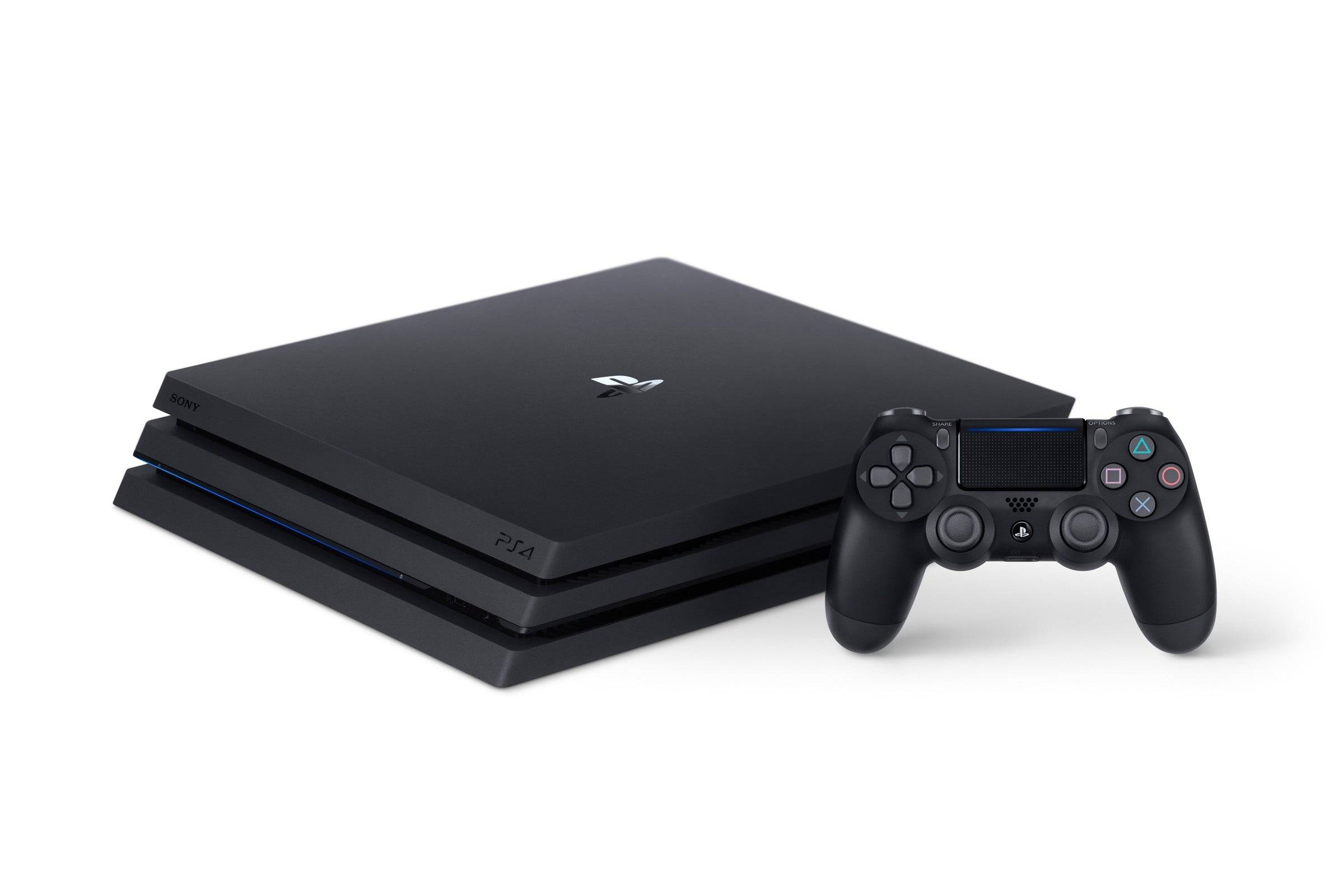 Introduced on November 10, 2016, the PlayStation 4 Pro was a major upgrade, offering 4K upscaling and HDR support. With double the GPU power of the standard PS4, it provided enhanced frame rates for numerous titles.
Introduced on November 10, 2016, the PlayStation 4 Pro was a major upgrade, offering 4K upscaling and HDR support. With double the GPU power of the standard PS4, it provided enhanced frame rates for numerous titles.
PlayStation 5 - November 12, 2020
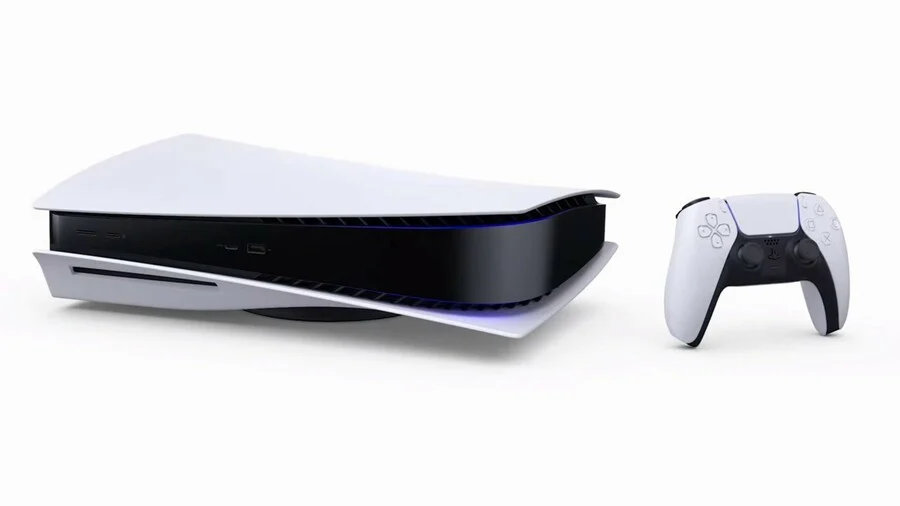 Launched on November 12, 2020, the PlayStation 5 is the most powerful PlayStation to date, supporting ray tracing, 120FPS, and native 4K output. Accompanied by the innovative DualSense Controller with adaptive triggers and haptic feedback, the PS5 offers an unparalleled gaming experience. Explore our list of the best PS5 games to discover the latest must-play titles.
Launched on November 12, 2020, the PlayStation 5 is the most powerful PlayStation to date, supporting ray tracing, 120FPS, and native 4K output. Accompanied by the innovative DualSense Controller with adaptive triggers and haptic feedback, the PS5 offers an unparalleled gaming experience. Explore our list of the best PS5 games to discover the latest must-play titles.
PlayStation 5 Slim - November 10, 2023
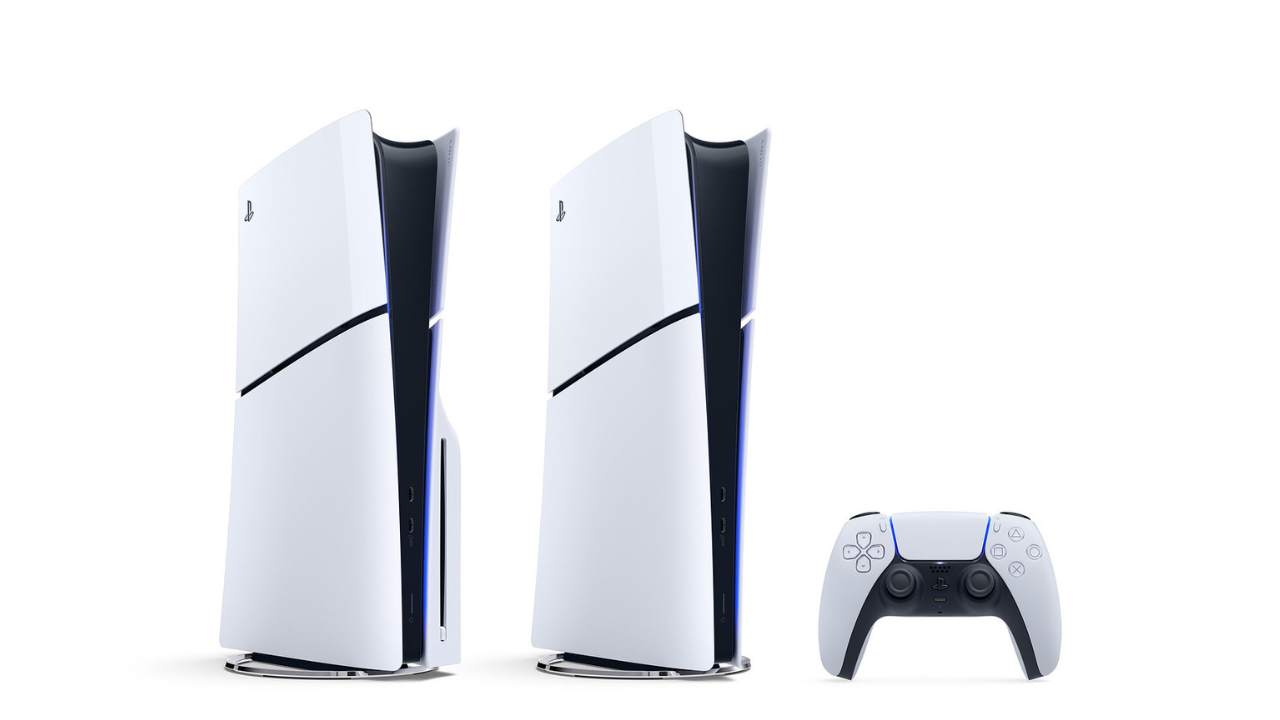 Introduced on November 10, 2023, the PlayStation 5 Slim is a smaller version of the PS5, maintaining the same internal hardware. It features a modular design, allowing users to purchase a console without a disc drive and add one later if needed.
Introduced on November 10, 2023, the PlayStation 5 Slim is a smaller version of the PS5, maintaining the same internal hardware. It features a modular design, allowing users to purchase a console without a disc drive and add one later if needed.
PlayStation 5 Pro - November 7, 2024
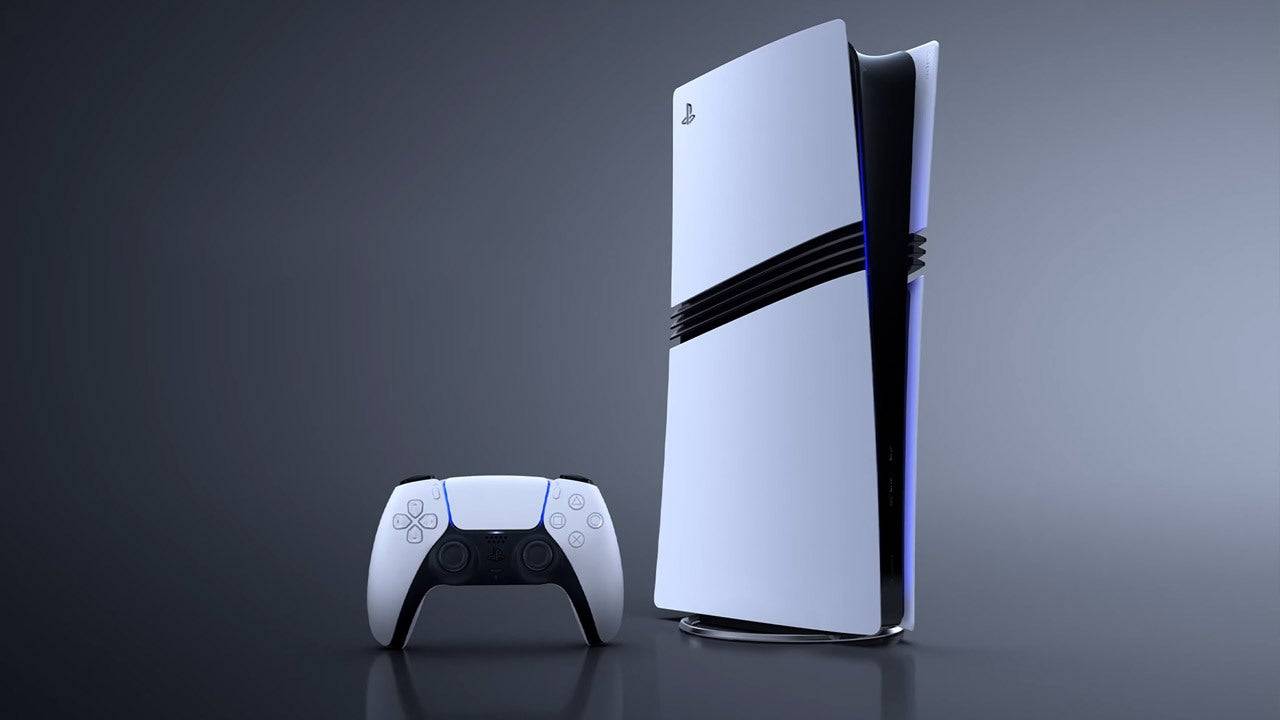 Officially revealed during Sony's PlayStation 5 Technical Presentation, the PS5 Pro was confirmed by leaks and targets higher frame rates, improved ray tracing, and machine learning through PlayStation Spectral Super Resolution (PSSR). Like the PS5 Slim, it lacks a disc drive for a sleeker design. The PS5 Pro is priced at $699.99 USD, including the console, a 2TB SSD, a DualSense controller, and Astro's Playroom installed.
Officially revealed during Sony's PlayStation 5 Technical Presentation, the PS5 Pro was confirmed by leaks and targets higher frame rates, improved ray tracing, and machine learning through PlayStation Spectral Super Resolution (PSSR). Like the PS5 Slim, it lacks a disc drive for a sleeker design. The PS5 Pro is priced at $699.99 USD, including the console, a 2TB SSD, a DualSense controller, and Astro's Playroom installed.
Upcoming PlayStation Consoles
The PS5 Pro marks the significant console release for 2024. As for the next generation, the PS6 is speculated to launch sometime between 2026 and 2030, though exact dates remain uncertain.
AnswerSee Results-
The fate of the DC Universe hangs in the balance in *DC: Dark Legion*, and you're its last hope. While the task seems daunting, you won't be fighting alone - an elite team of DC Champions stands ready to join your cause. Here's your comprehensive guiAuthor : Zachary Nov 08,2025
-
Echocalypse stands as one of the freshest turn-based RPGs to hit global markets. Developed by Yoozoo Singapore Pvt Ltd, this anime-inspired chibi-style 3D game featuring a sci-fi post-apocalyptic narrative has already gained traction in Southeast AsiAuthor : Nicholas Nov 07,2025
-
 Legendary Matagi ~ Proof of InheritanceDownload
Legendary Matagi ~ Proof of InheritanceDownload -
 Hyper PADownload
Hyper PADownload -
 5000 words. LineDownload
5000 words. LineDownload -
 Crazy monkey game by Frolly appsDownload
Crazy monkey game by Frolly appsDownload -
 Beary Bad End!Download
Beary Bad End!Download -
 Growing ProblemsDownload
Growing ProblemsDownload -
 Game Tổng hợpDownload
Game Tổng hợpDownload -
 Escape Game TORIKAGODownload
Escape Game TORIKAGODownload -
 Charades Up FREE Heads Up GameDownload
Charades Up FREE Heads Up GameDownload -
 Lust Theory Season 3Download
Lust Theory Season 3Download
- Black Ops 6 Zombies: How To Configure The Summoning Circle Rings on Citadelle Des Morts
- Harvest Moon: Lost Valley DLC and Preorder Details Revealed
- Roblox: Latest DOORS Codes Released!
- Silent Hill 2 Remake Coming to Xbox and Switch in 2025
- Roblox: Blox Fruits Codes (January 2025)
- Roblox: Freeze for UGC Codes (January 2025)




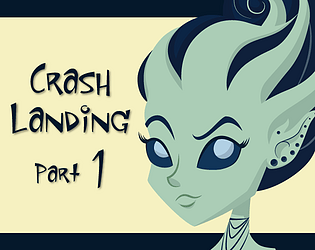



![Taffy Tales [v1.07.3a]](https://imgs.ehr99.com/uploads/32/1719554710667e529623764.jpg)




